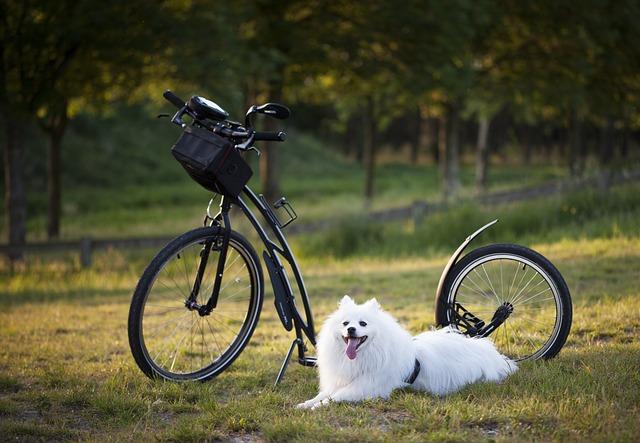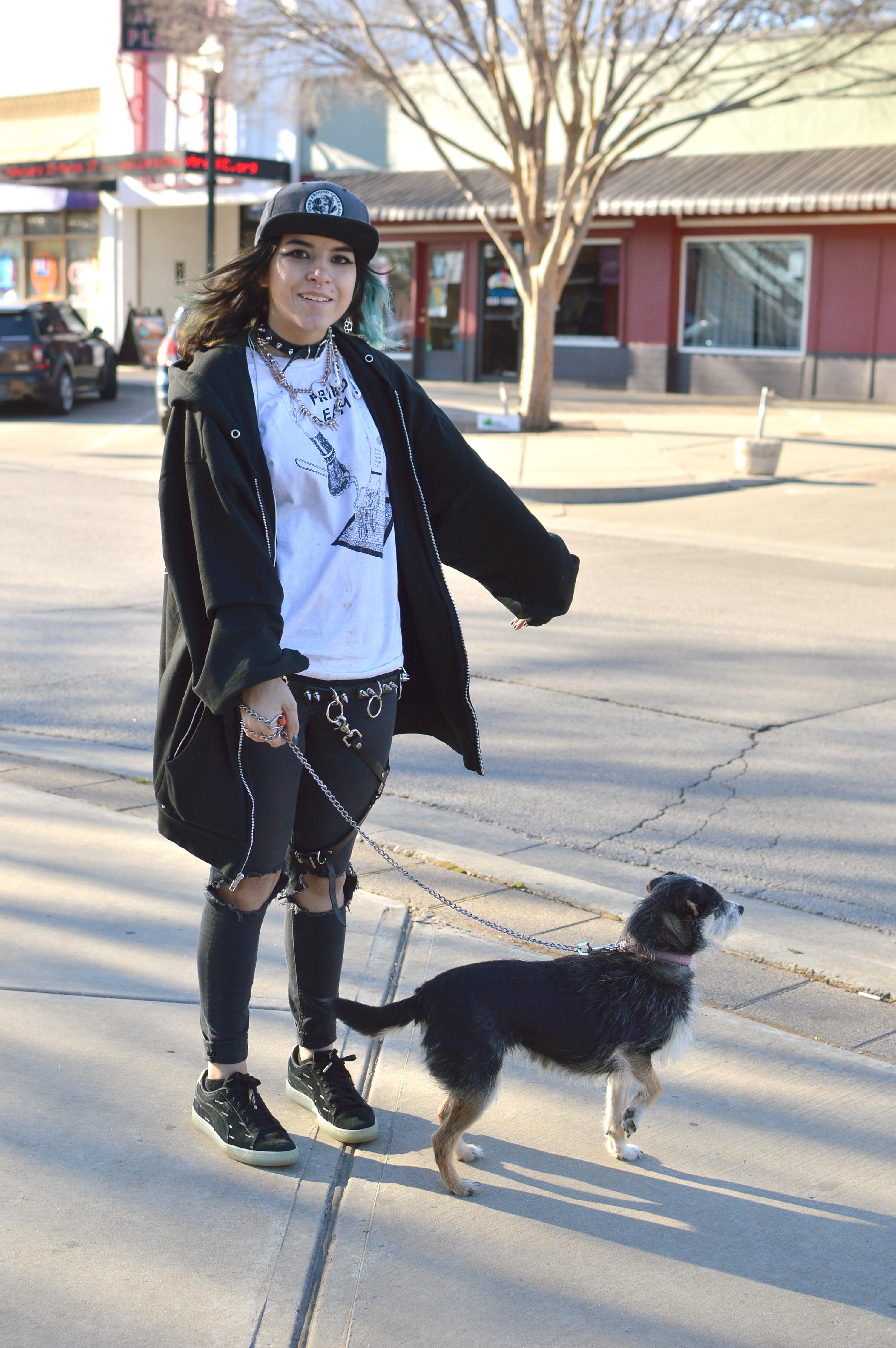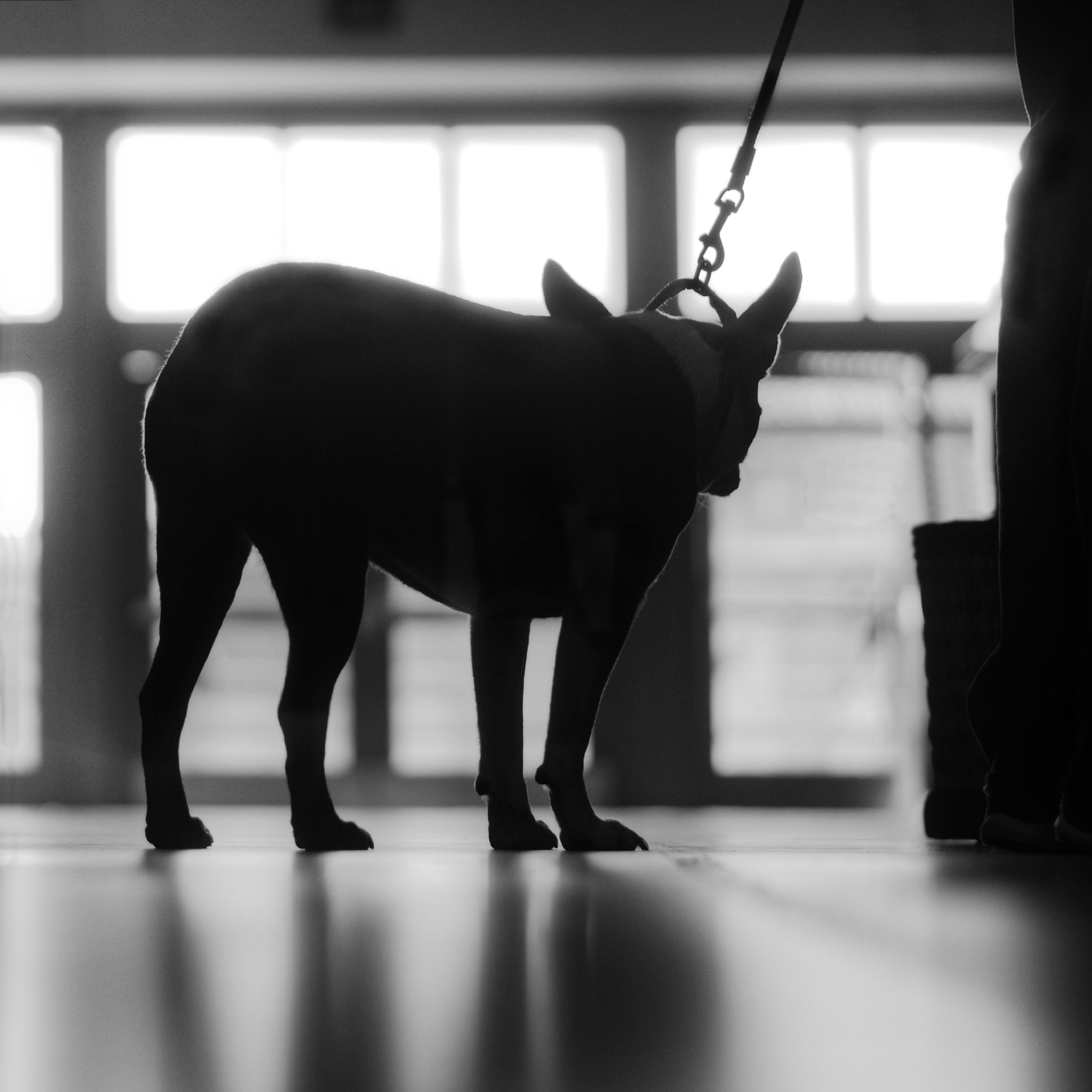Training tips for socializing a dog in public spaces

In the heart of every bustling city park, on every winding trail, and along every lively beach, there lies an unspoken symphony of wagging tails and eager eyes. Dogs, our loyal companions, navigate the world with boundless curiosity and an innate desire to connect. Yet, amidst the excitement of these public spaces, the art of socialization becomes a crucial dance of understanding and patience. For dog owners, mastering this dance is essential—not just for their pets’ happiness, but for the harmony of the shared spaces they inhabit. In this article, we delve into the world of canine socialization, offering practical training tips to help your furry friend confidently explore the vibrant tapestry of public life. Whether you’re a seasoned pet owner or a new guardian, these insights will guide you in nurturing a well-mannered companion who thrives in the company of others.
Understanding Canine Body Language for Stress-Free Outings
Understanding your dog’s body language is crucial for ensuring a stress-free experience when venturing into public spaces. Dogs communicate primarily through non-verbal cues, and being able to read these signals can help you address any discomfort or anxiety they might feel. Key indicators of stress include:
- Tucked tail: Often a sign of fear or insecurity.
- Lip licking or yawning: These can be signs of stress, especially if your dog isn’t hungry or tired.
- Pinned-back ears: May indicate nervousness or apprehension.
- Paw lifting: Sometimes a sign that your dog is unsure or anxious.
- Avoiding eye contact: Can suggest submission or fear.
By familiarizing yourself with these signals, you can intervene before your dog becomes overwhelmed. Adjust your environment or give them space to process their surroundings. This proactive approach not only helps your dog feel more secure but also strengthens the bond between you, ensuring outings are enjoyable for both of you. Remember, a relaxed dog is a happy dog, and understanding their language is the first step to a harmonious social experience.

Creating Positive Experiences with Gradual Exposure
Introducing your dog to new environments can be an enriching experience when approached with patience and a strategic plan. Gradual exposure is key to helping your furry friend adapt to the hustle and bustle of public spaces. Start by choosing less crowded locations and progressively work your way up to busier areas as your dog becomes more comfortable. This method not only minimizes stress but also builds confidence, ensuring that your dog associates new places with positive feelings.
- Begin in Quiet Areas: Start with parks or quiet streets, where your dog can observe from a distance without feeling overwhelmed.
- Reward Calm Behavior: Use treats or praise to reinforce calm behavior, helping your dog link positive outcomes with the new environment.
- Short Sessions: Keep initial outings brief, gradually increasing the duration as your dog shows signs of comfort.
- Introduce New Sounds and Sights: Slowly introduce different stimuli, such as other dogs, cyclists, or children playing, allowing your dog to adapt at their own pace.
By following these steps, you create a foundation of trust and security, transforming potential anxiety into curiosity and enjoyment. Remember, every dog is unique, and patience is your greatest ally in crafting joyful, public adventures together.

Mastering Leash Techniques for Confident Walks
To ensure your walks with your dog are enjoyable and stress-free, mastering leash techniques is essential. A confident walk starts with a proper grip and maintaining the right amount of slack in the leash. This allows your dog to explore while still being under your control. Remember, a tense leash can lead to a tense dog, so aim for a relaxed hold that encourages calm behavior.
- Use the right equipment: Consider using a harness instead of a collar to reduce pulling and provide more control.
- Practice loose-leash walking: Reward your dog for walking beside you with treats or praise, reinforcing positive behavior.
- Stay consistent: Keep your walking pace and direction steady to help your dog anticipate your movements and feel secure.
- Be patient: Remember that mastering leash techniques takes time and patience, especially in public spaces where distractions are abundant.
By focusing on these techniques, you’ll create a more harmonious experience for both you and your furry friend, making socializing in public spaces a positive adventure.

Harnessing the Power of Treats and Praise in Public Settings
When you’re out and about with your furry friend, the key to successful socialization lies in the clever use of treats and praise. These are not just simple rewards; they’re your tools for communication, reinforcing positive behavior, and building trust in new environments. Picture this: your dog encounters a bustling crowd, and rather than pulling on the leash or barking, they remain calm and attentive to you. This is the magic of effectively utilizing treats and praise.
- Timing is Everything: Offer a treat or praise immediately when your dog exhibits desired behavior, like calmly walking past other dogs or sitting patiently at a café.
- Consistency is Key: Ensure that every family member uses the same words and gestures to avoid confusing your pup.
- Gradual Exposure: Start with less crowded settings, gradually moving to busier places as your dog becomes more comfortable.
- Quality Matters: Use high-value treats that your dog doesn’t usually get at home to maintain their interest and motivation.
Incorporating these strategies will transform public outings into enjoyable learning experiences for your dog. By consistently rewarding good behavior, you help them associate public settings with positive outcomes, making each walk an adventure rather than a challenge.



